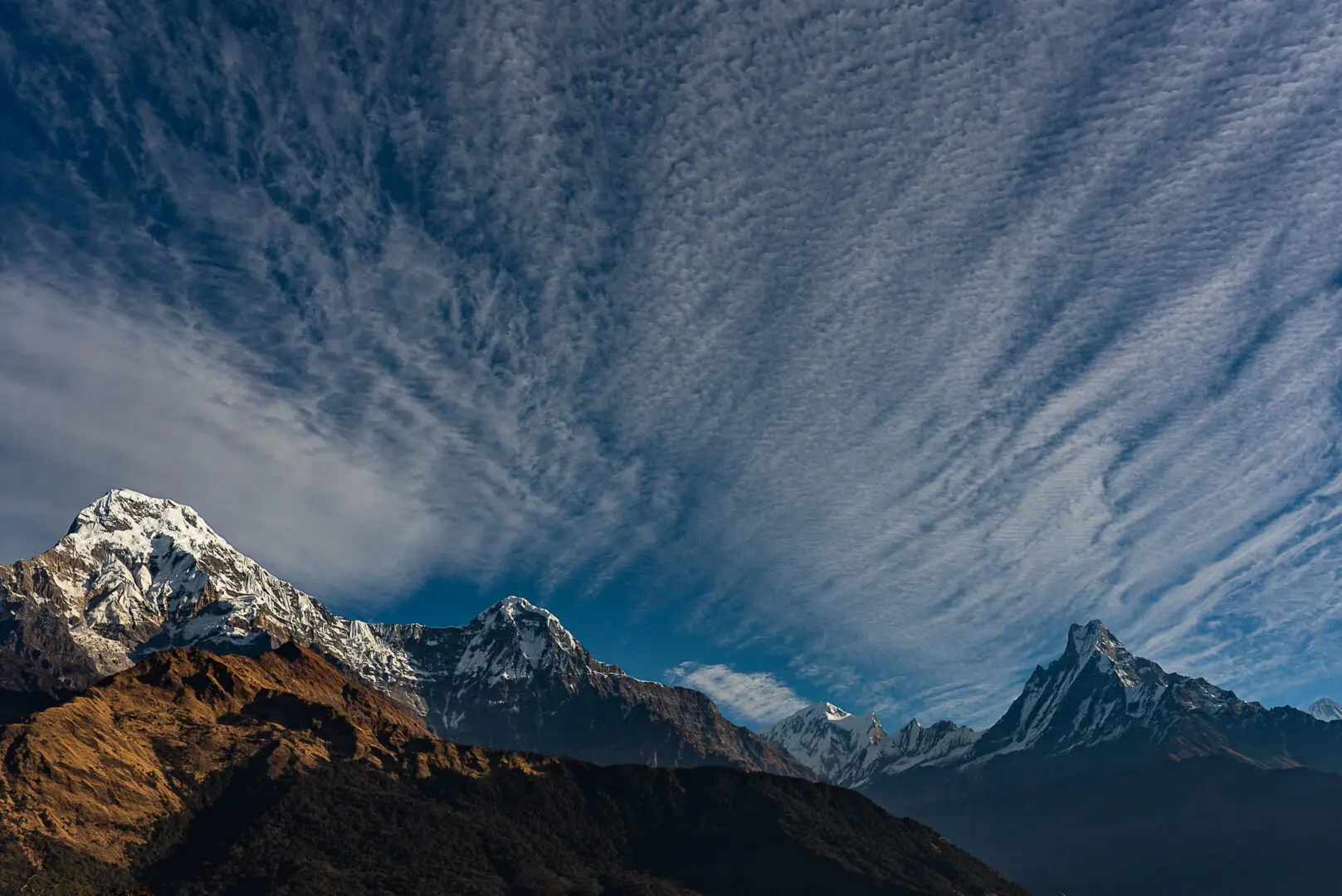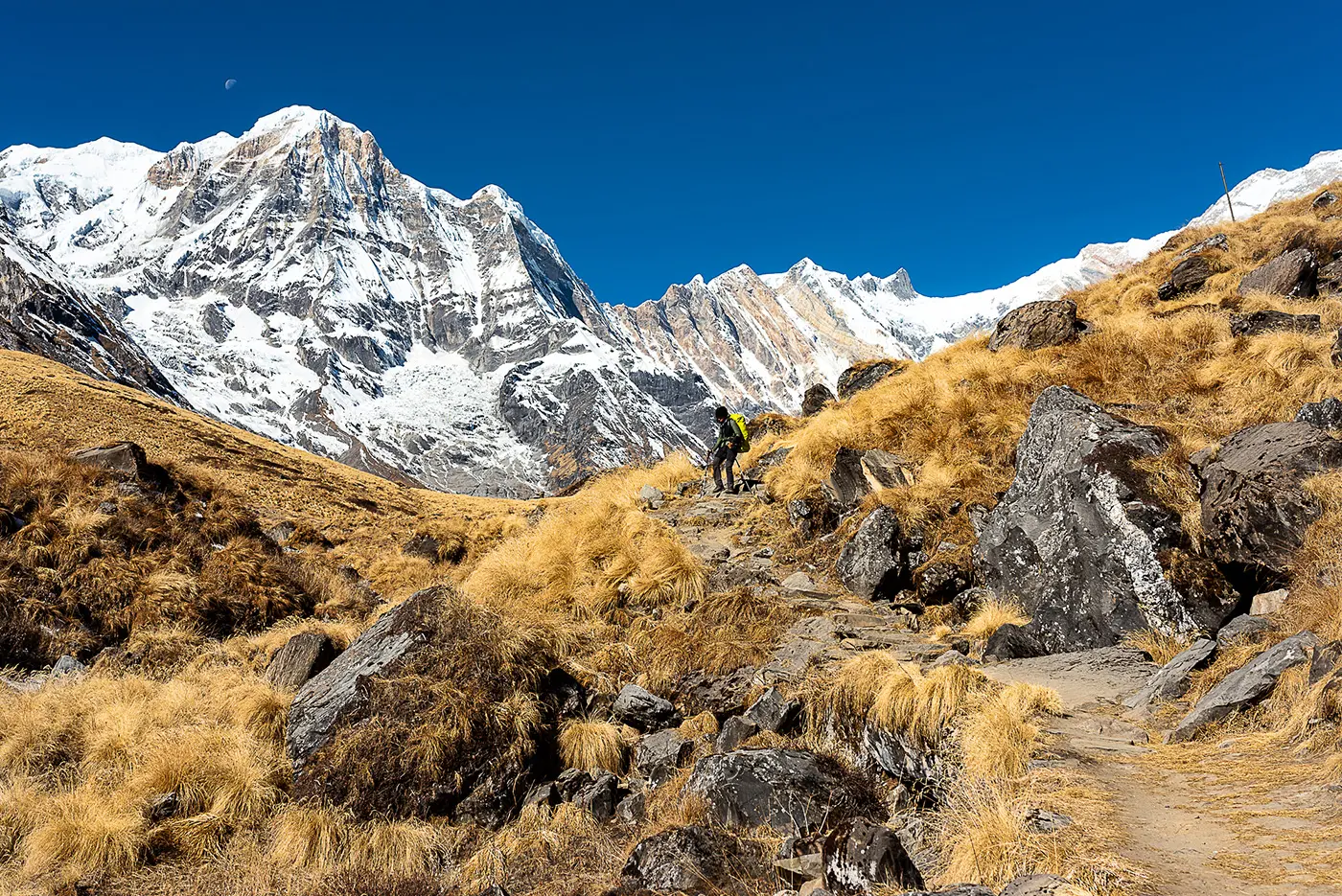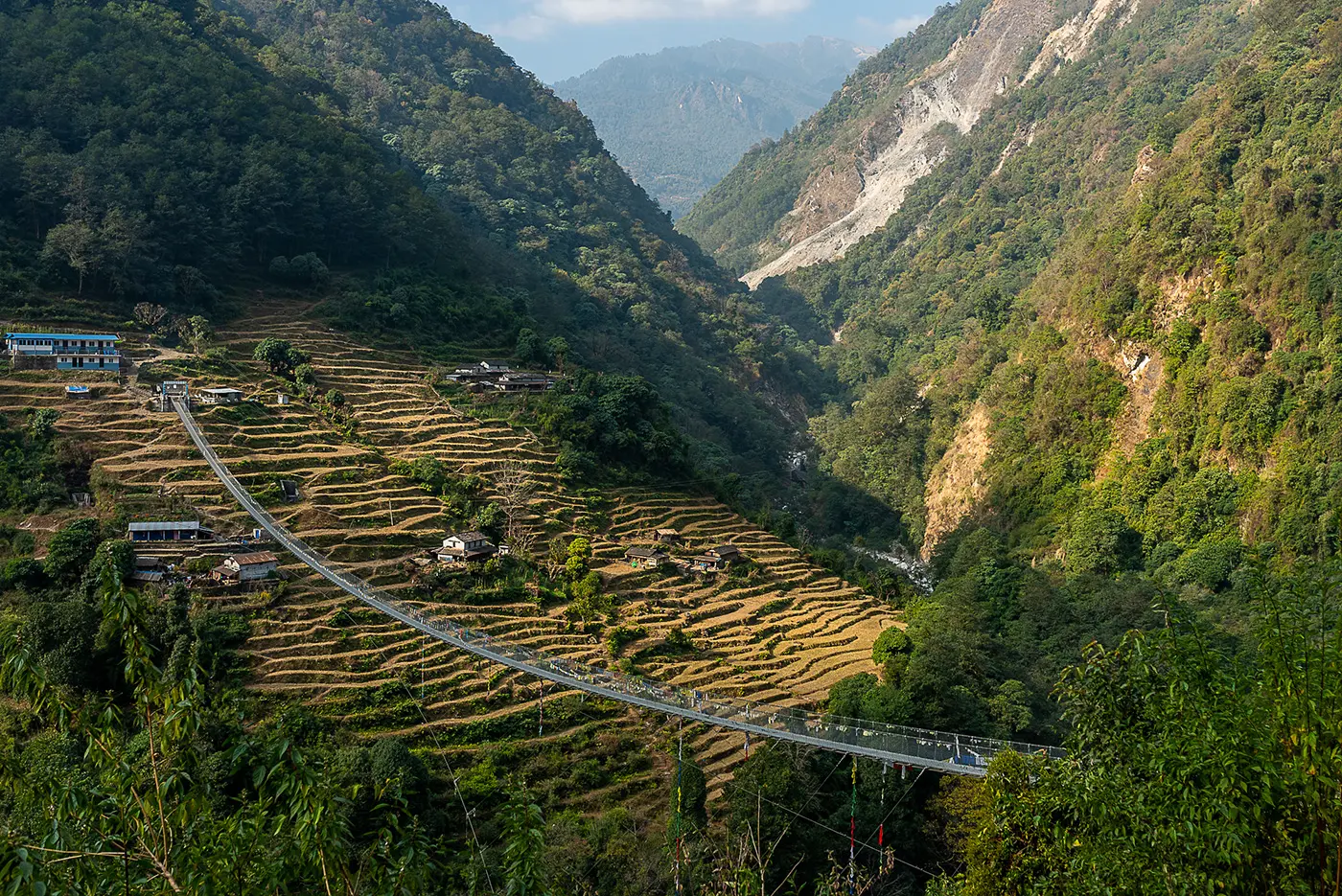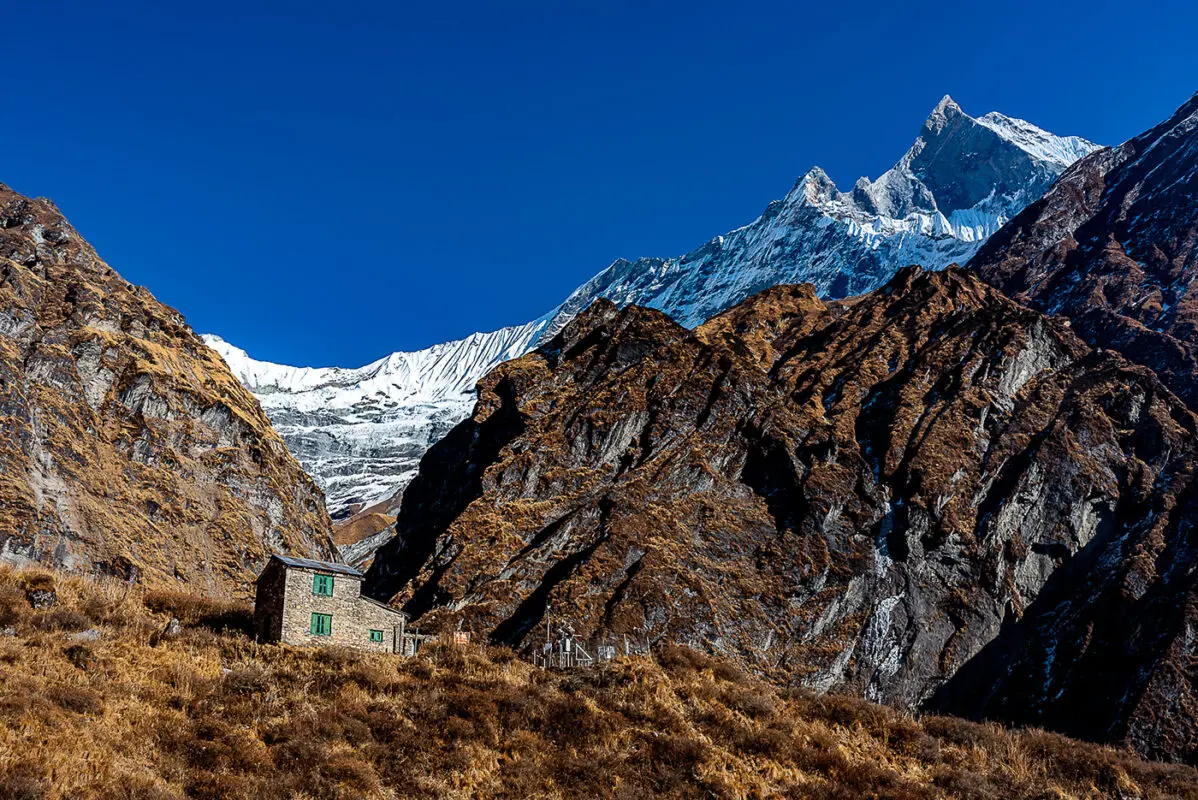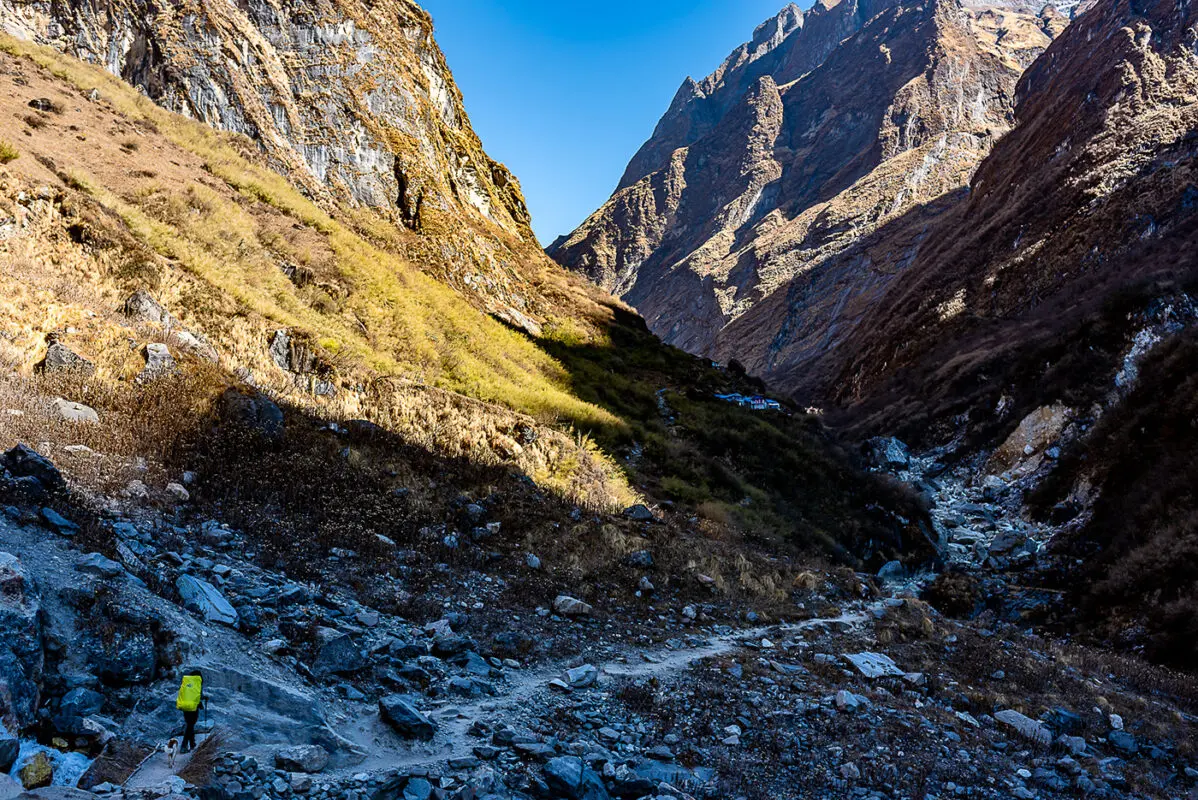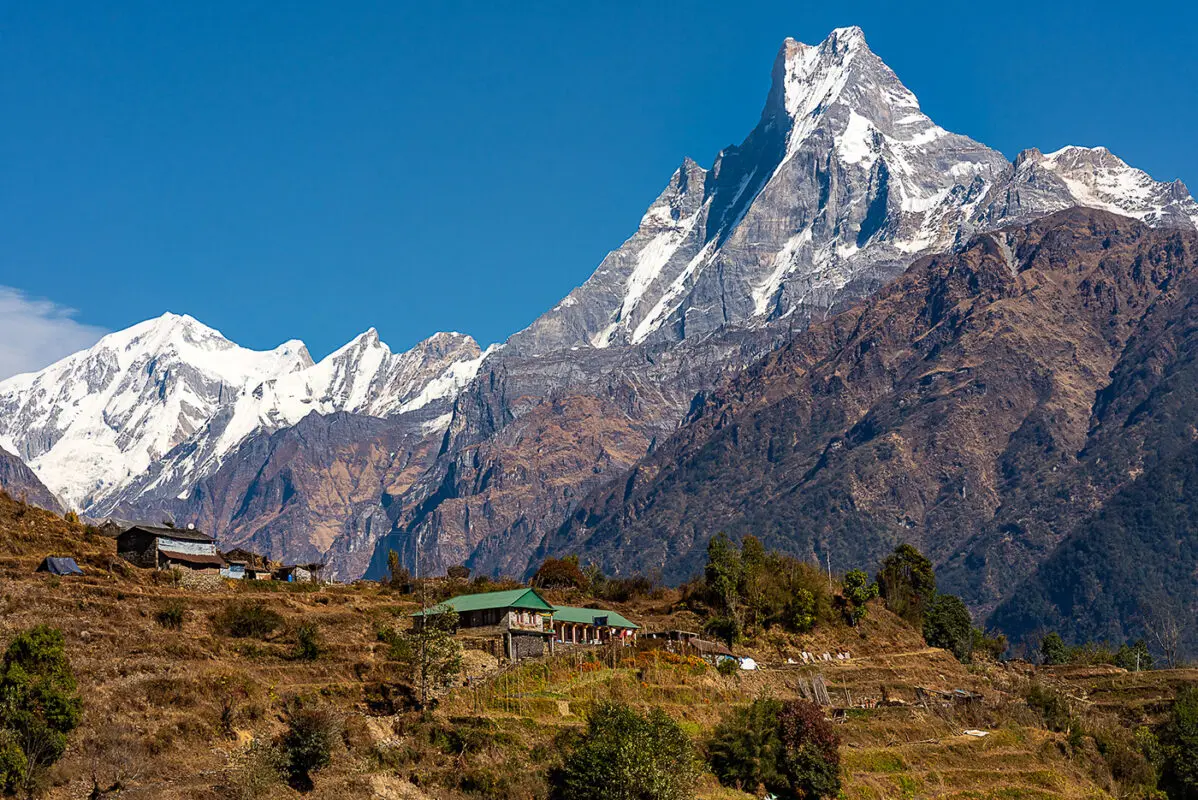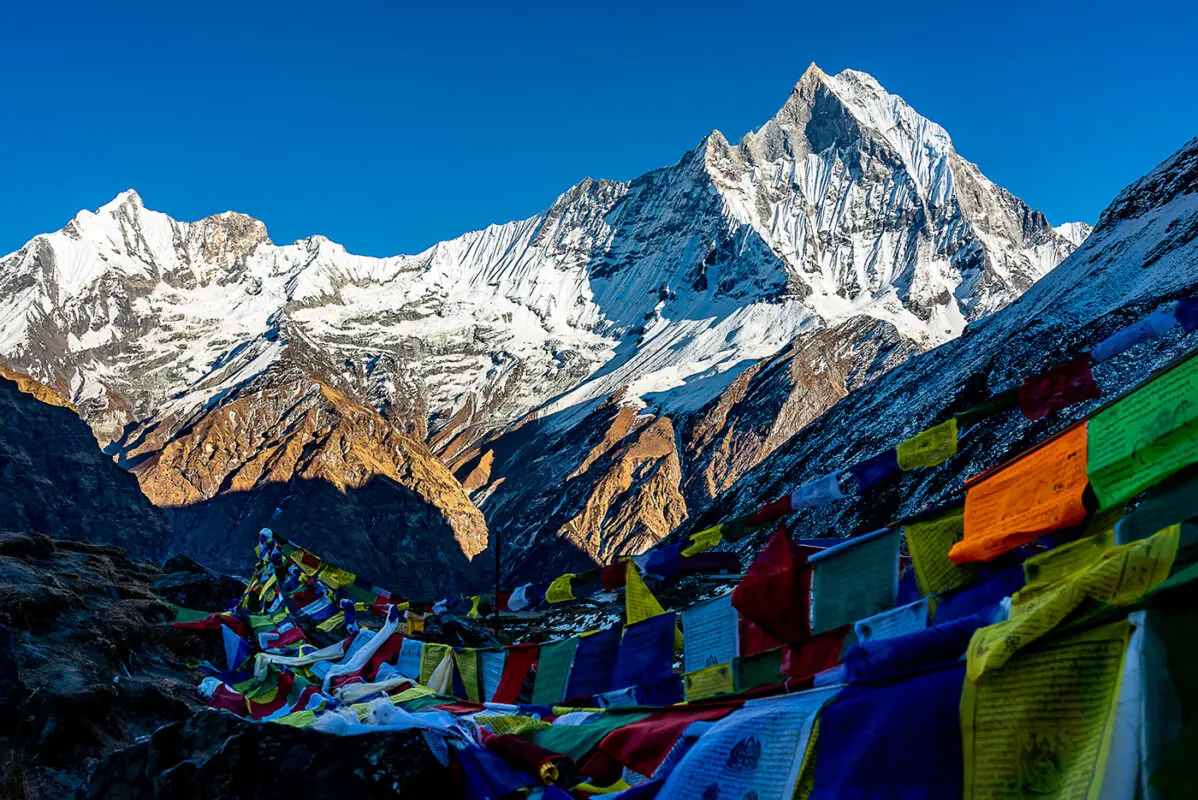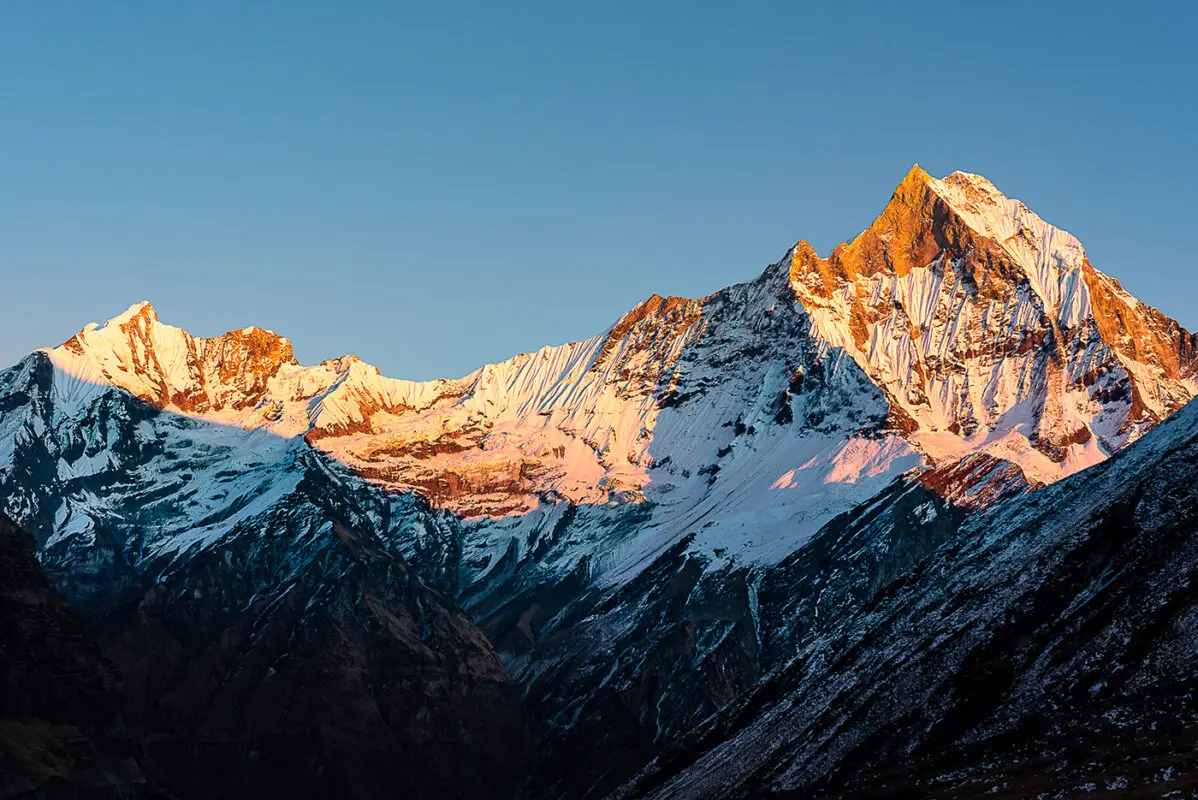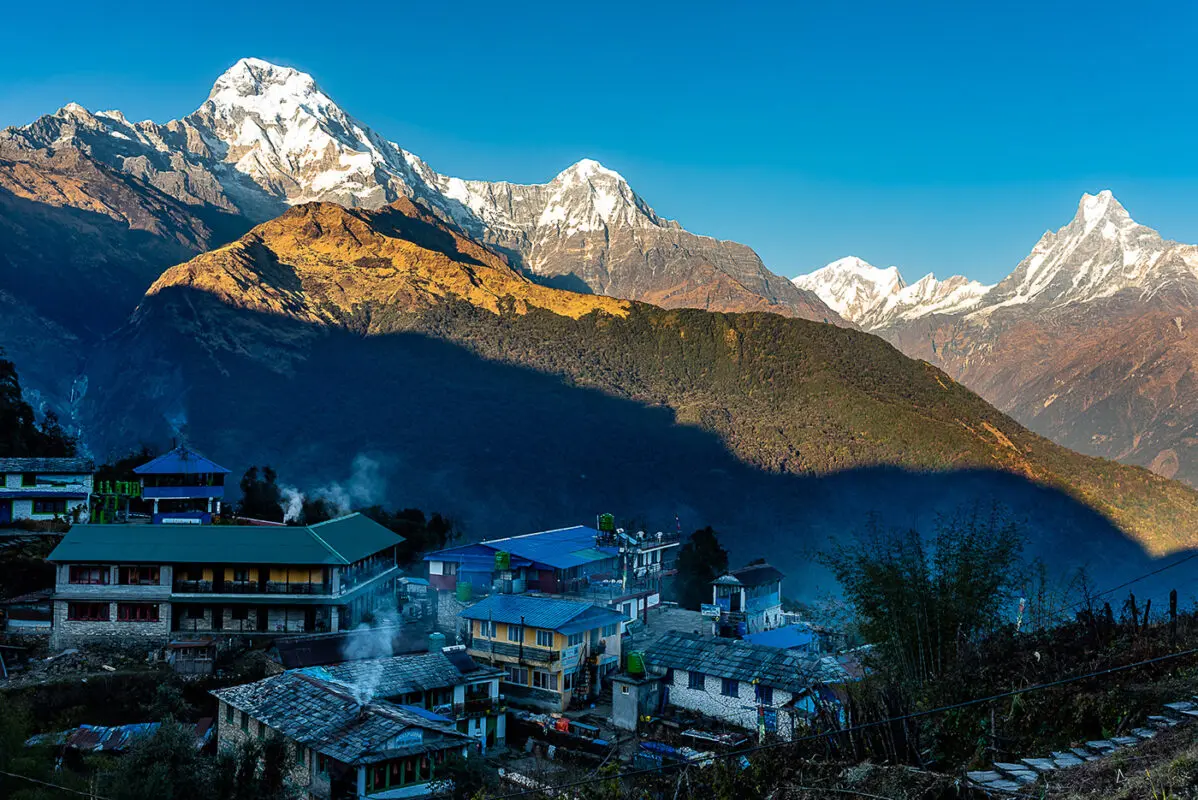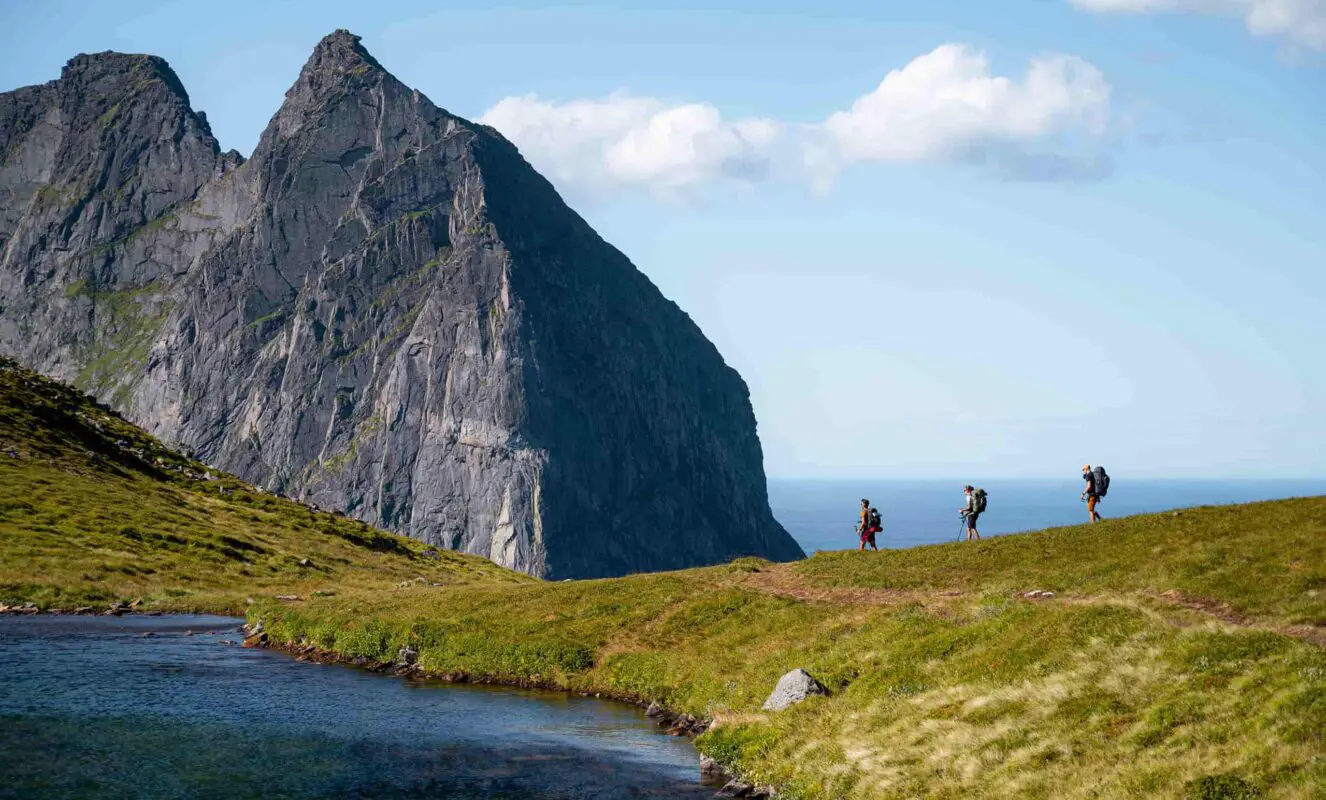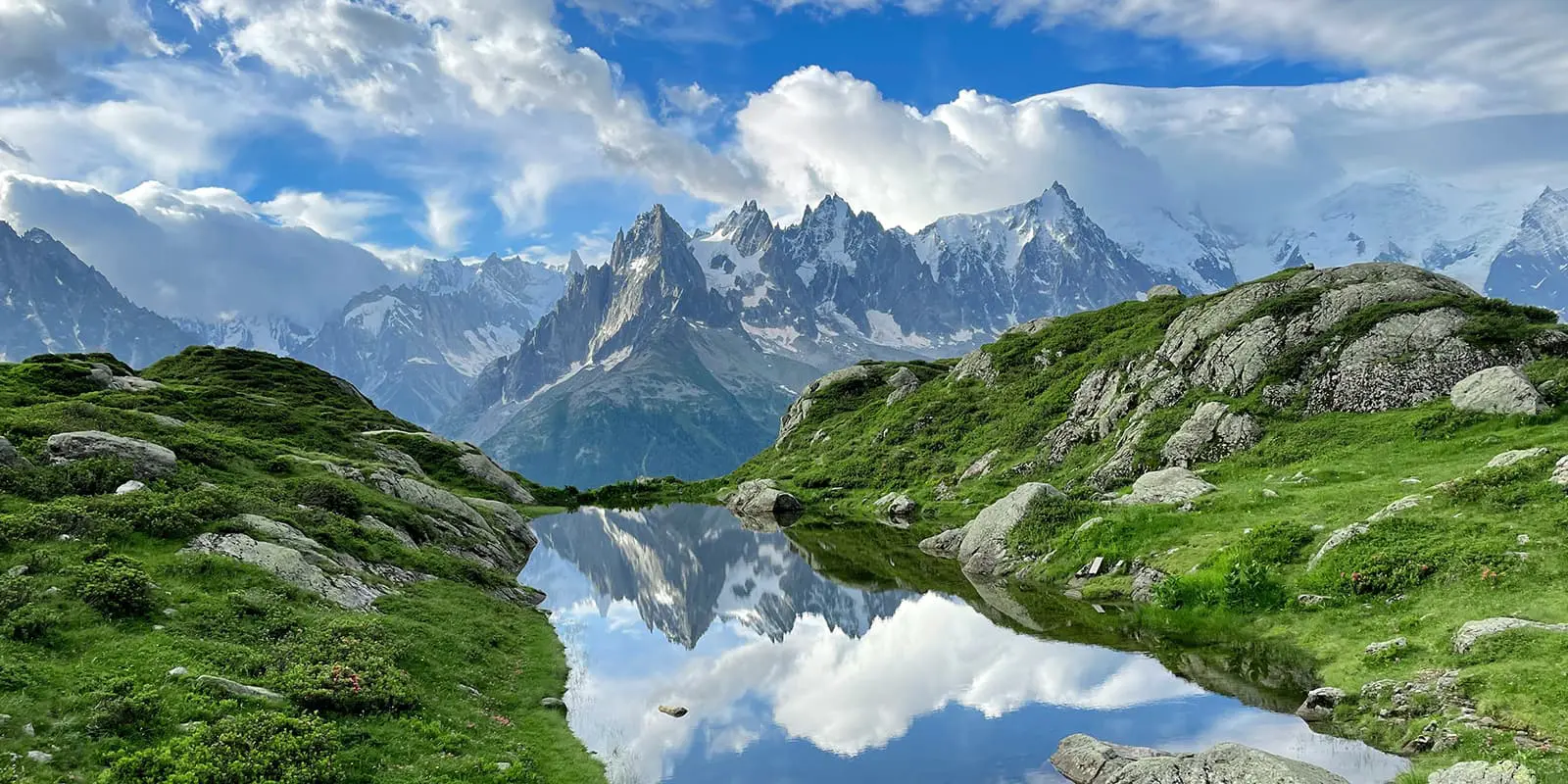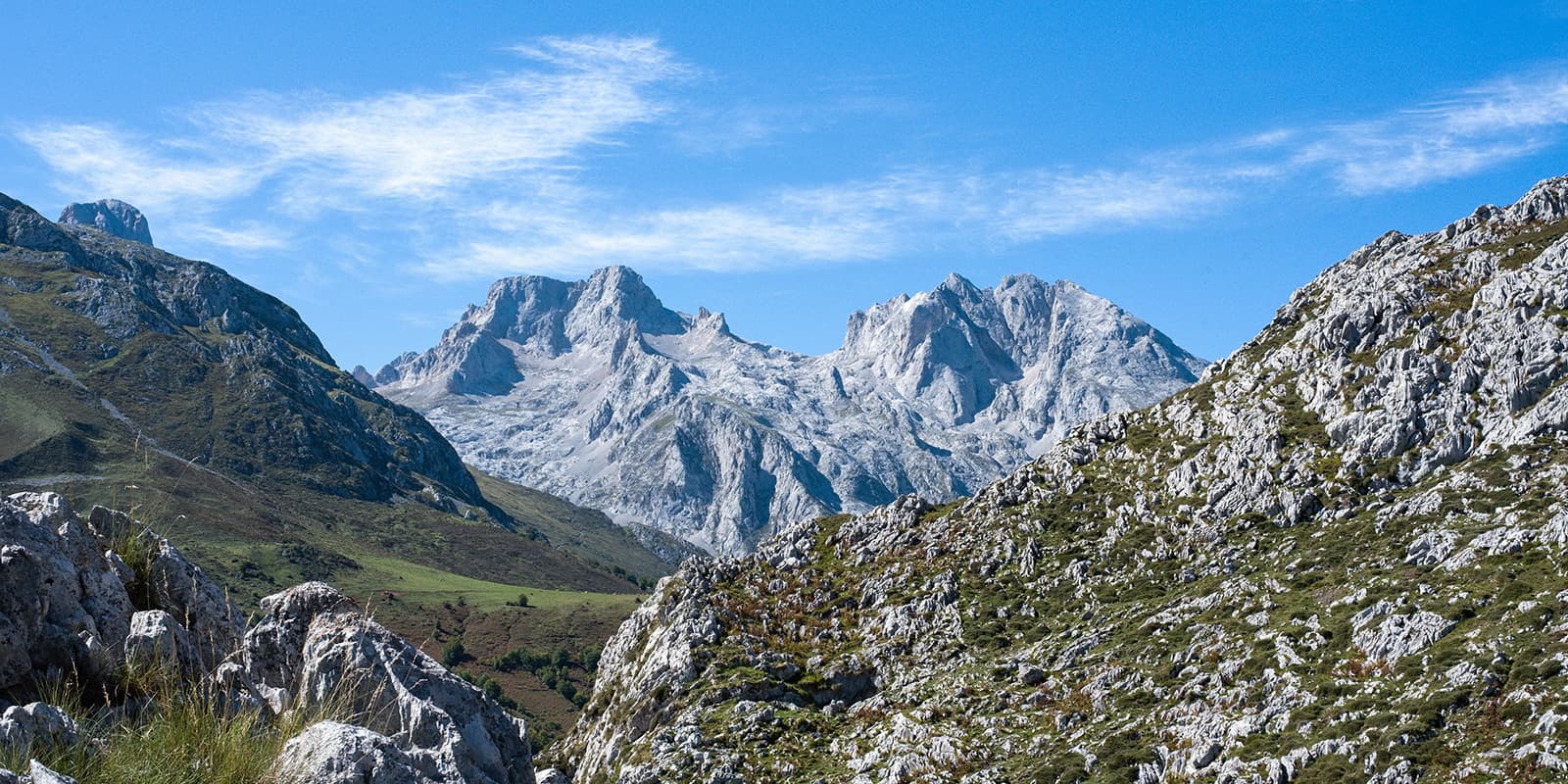Altitude
Altitude Sickness or Acute Mountain Sickness (AMS) is a medical consideration faced while trekking in the Himalayas and it is nothing to joke about. It rarely occurs at altitudes lower than 2,800m/9,186 ft., and only minor symptoms occur below 3,000m/9842ft. The sickness occurs when the body does not adjust well to the lack of oxygen at higher altitudes. The major cause of high altitude sickness is ascending to a height greater than 2,800m or 9000 ft. too rapidly. Giving the body little to no time to get used to the thinner air and lower oxygen levels triggers AMS.
The primary signifier of altitude sickness is a persistent headache. However, if not addressed in due time, it may develop into more complicated variations such as high-altitude cerebral edema and high-altitude pulmonary edema. Medicine like Diamox can be taken to help prevent symptoms. However, they are to take into consideration that they are not a cure, just temporarily help your body to acclimatize, but do not take them if you are stranded at a high altitude with severe symptoms. The only medicine is to go down on altitude as quickly as you can, and nothing else. Taking paracetamol or anything else can even worsen the effects.
It is imperative to communicate your symptoms immediately to a person in your group, a guide of another group, or a staff from the tea houses who will know what to do. Many hikers each year get surprised and get into trouble once they reach 4000m. It is recommended to not go higher than 500m in elevation compared to the elevation of the last place you slept, as it is after 6 hours at high altitude that the “discreet” symptoms can occur in your body.
Most hiking groups and guides will stop in Samagoan to have a rest day to acclimatize, however, they can advise not to if they see you fit and show no symptoms of altitude sickness, as was the case for me. There are many more detailed articles regarding AMS and its effect on the body, and it is always good to know what are the basic symptoms and how they affect the body before going to this region.
There’s a way to avoid this on this trail, if you are worried, you can decide to sleep at a lower altitude the day before the base camp (the two last accommodations are in the village of Deurali and then Machhapuchhre base camp) and hike up to the base camp, then down in the same day and not sleep at 4120m.
Cold
From Chomrong, you’ll progressively get colder and colder, and be careful as since you will hike inside a canyon in a south-north axis, the Sun will set behind the mountain way quicker than usual, and temperatures can drop quite dramatically very fast starting from 3 PM, it is very good practice to start hiking quite early in the morning (leaving no later than 9 AM). Starting from 3000m, it is advisable to wear proper gear for the season and not underestimate the temperatures. For instance, when I slept at the base camp, temperatures in my room were negative and it is strongly recommended to bring a sleeping bag with you, even if most lodges provide thick blankets and often fire in the kitchen area.
Recommended gear
The Annapurna Base Camp trail is not very rugged except towards the end, but for the vast majority, the trail is quite wide, frequented, and overall well maintained. There’s an uncountable amount of stairs, so a pair of walking sticks can help as you will go on top, and it helps alleviate the pain on your knees when you go down as well. There’s no ice except during colder months (January-March) but if you go on other trails in the region, a pair of microspikes can be helpful. Warm clothes for the evening as rare are the rooms heated. A sleeping bag for the night, even during the warmer seasons. A system to filtrate or purify your water. You can have a lightweight backpack as long as it fits a sleeping bag, warm clothes, water, and snacks. I’ve done this trail in mid-hiking boots, but it is easily doable in trail runners as well, except if there’s snow.
All of the gear listed here can be found in all knock-off markets of Kathmandu or Pokhara. Some small gear can be replaced in some shops during the trail, but choice can be limited with higher prices. Not that they are necessary, but you can find most bookshops in Kathmandu have cheap paper maps of the region. You can pack some snacks from Kathmandu and Pokhara that will be cheaper, like nuts, snickers, biscuits, tea bags, coffee bags, honey, peanut butter, etc but the Annapurna has a nice supply chain and often you can find most of the snacks and drinks you can imagine in all the tea houses there.



